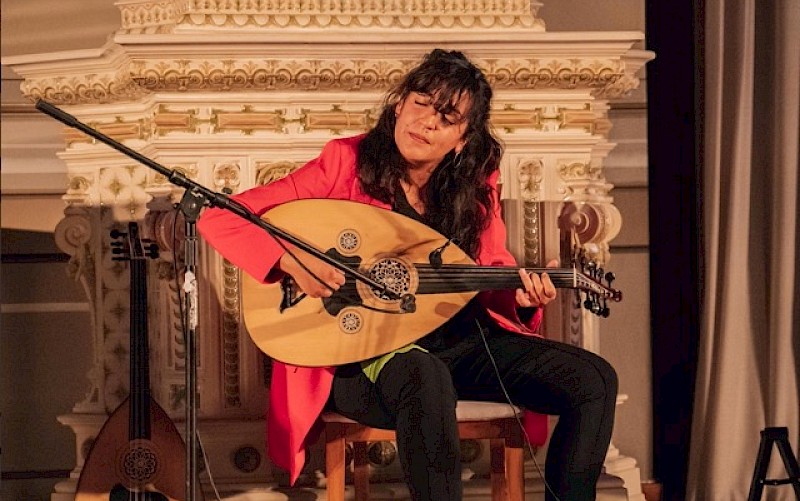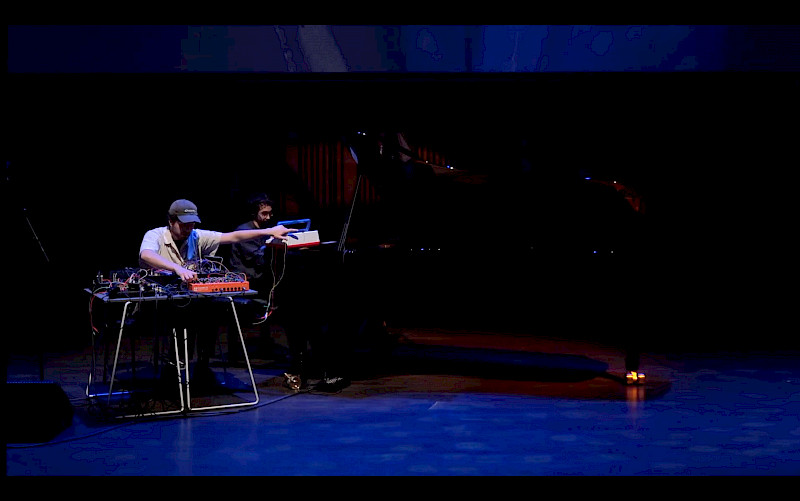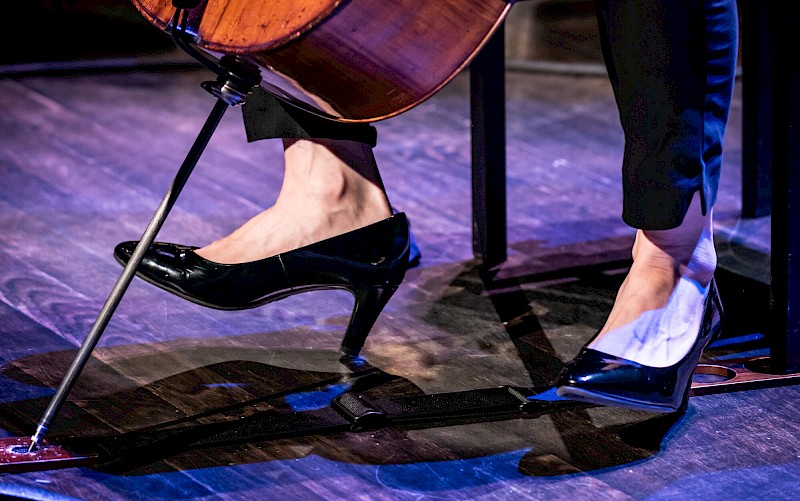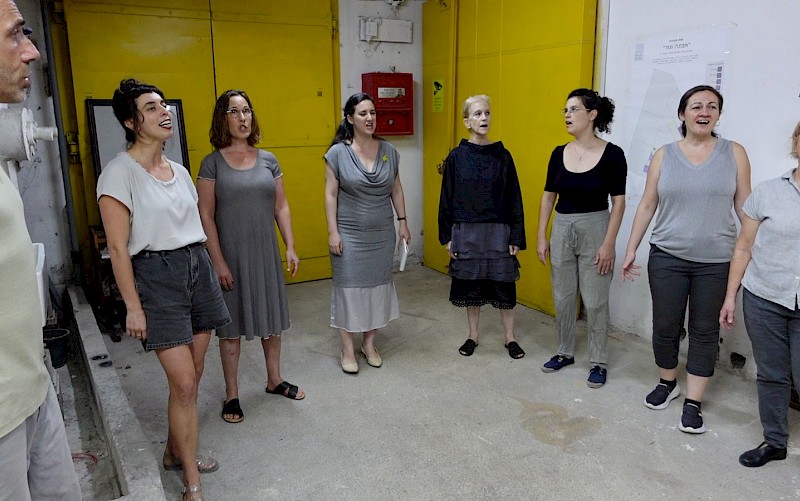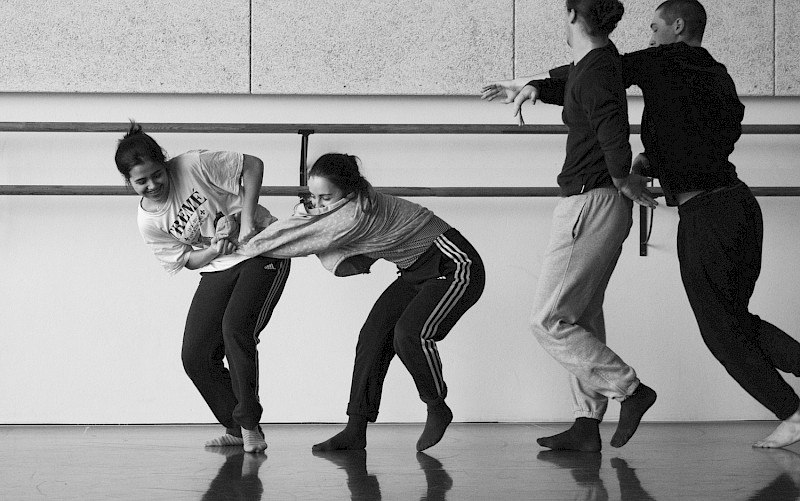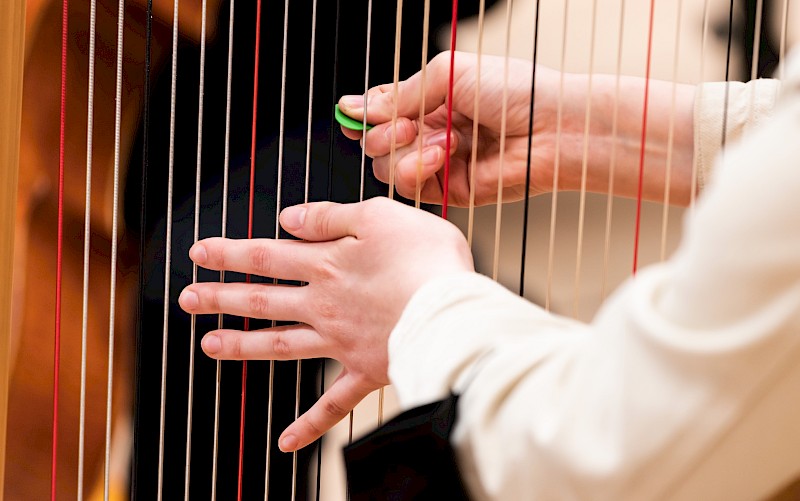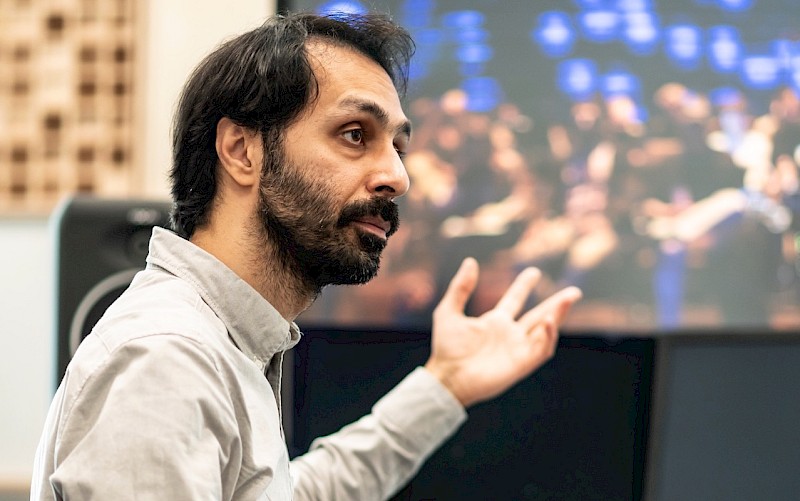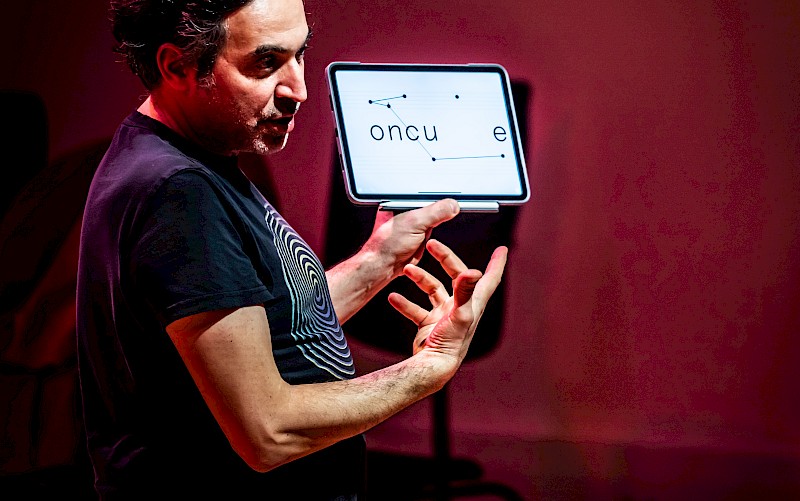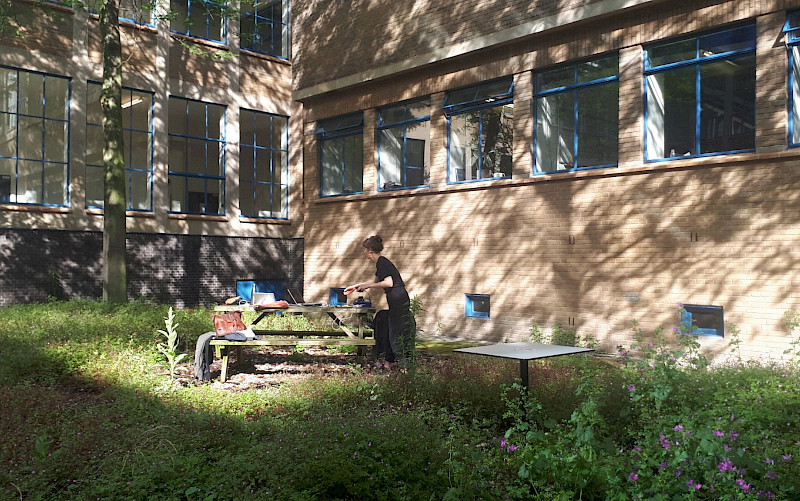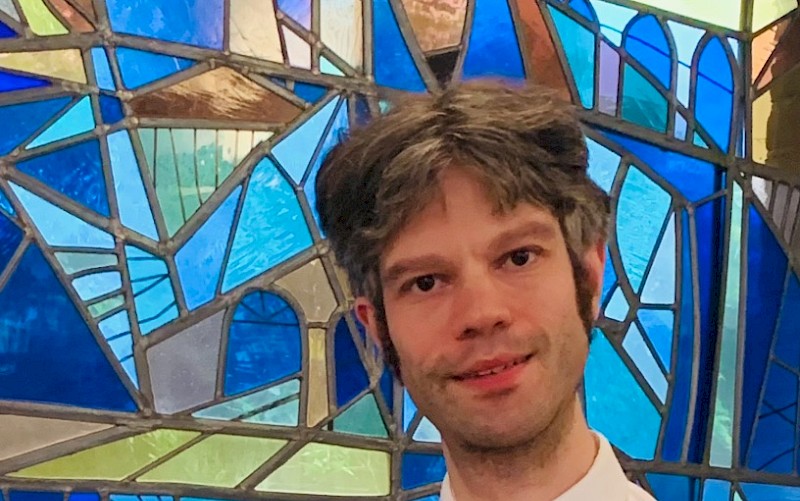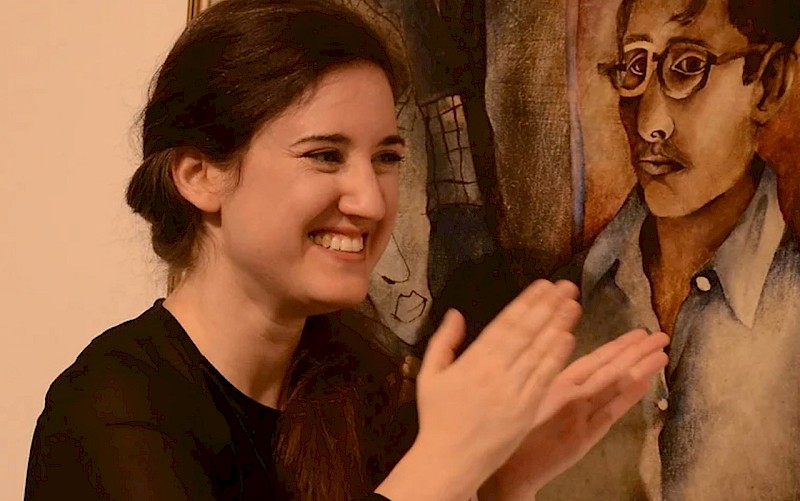Creating open form scores for improvising musicians
Abstract This research aims to explore and develop an updated approach to "open form" in music. "Open form" is traditionally referred to as "aleatoric music": a score is provided but the composer has left some choices open. The term "aleatoric" music implies that chance determines how to fill the open spaces. The renewed approach in this research however aims to provide a score in which a performer as an improviser or co-composer is invited to shape the music according to his own opinion. The score provides a plan and context for improvised content and, in doing so, invites the performer to co-create the piece. The research developed in three phases. In the first phase, improvisation was used as a learning tool in music theory classes. Different approaches to improvisation were studied and practiced. In the second phase, one group of musicians evolved from an improvisation course and went on a tour of five concerts. For them an open form score was created in order to provide context to the improvisations of the musicians. This composition is called View from a high mountain, a composition in six parts that allows improvisation at several moments. In the third phase, findings from the outcome and performance of View from a high mountain caused a renewal of the approach in the classroom. Through this renewal the boundary between education and musical production became a thinner line that allowed several cross-overs. Instead of a handbook containing a method or exercises or a new open form score The Improvisation Tree was created. The Improvisation Tree is a model that can be used as a help for creating, analyzing, categorizing and comparing open form scores.
Author: Cynthie van Eijden

